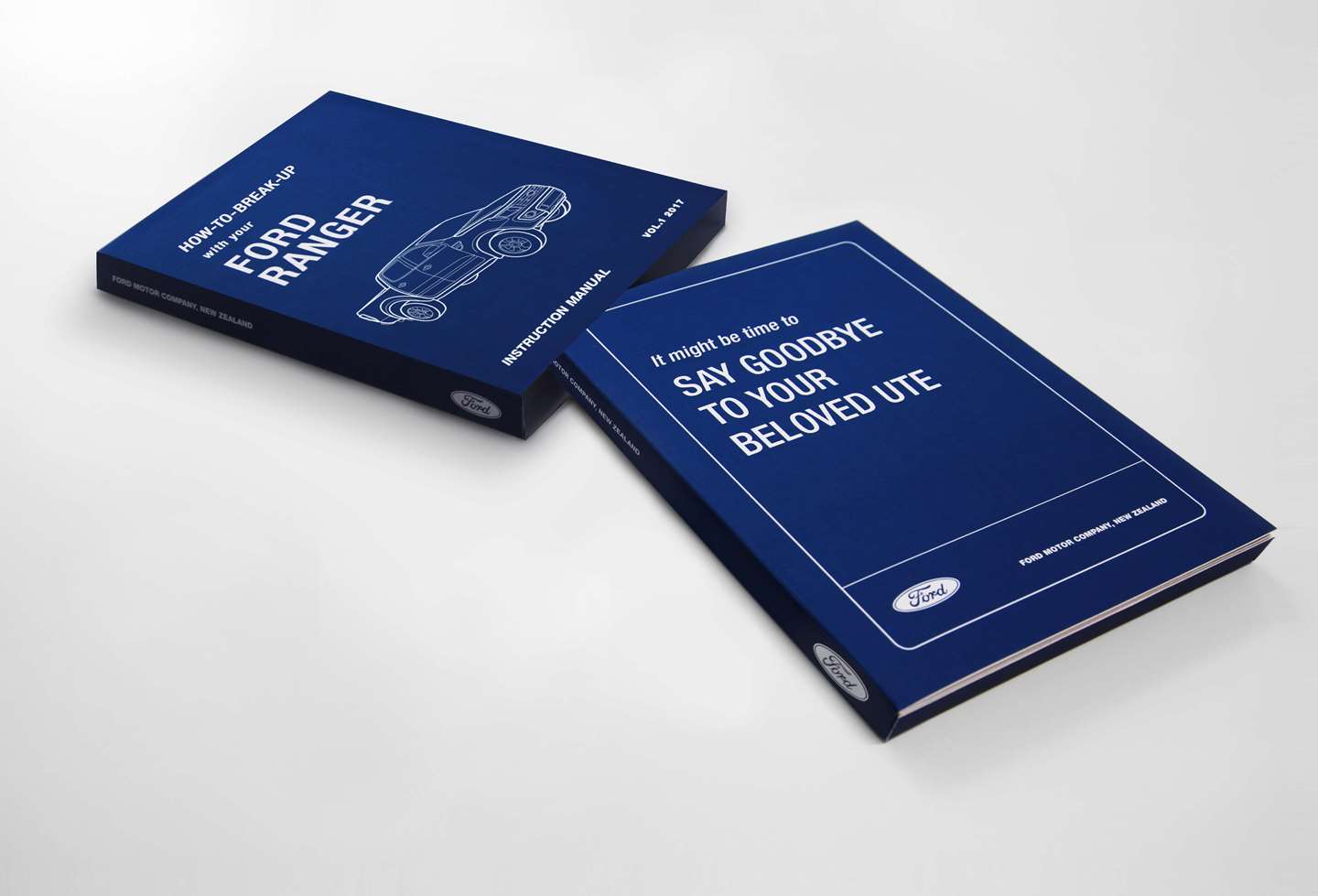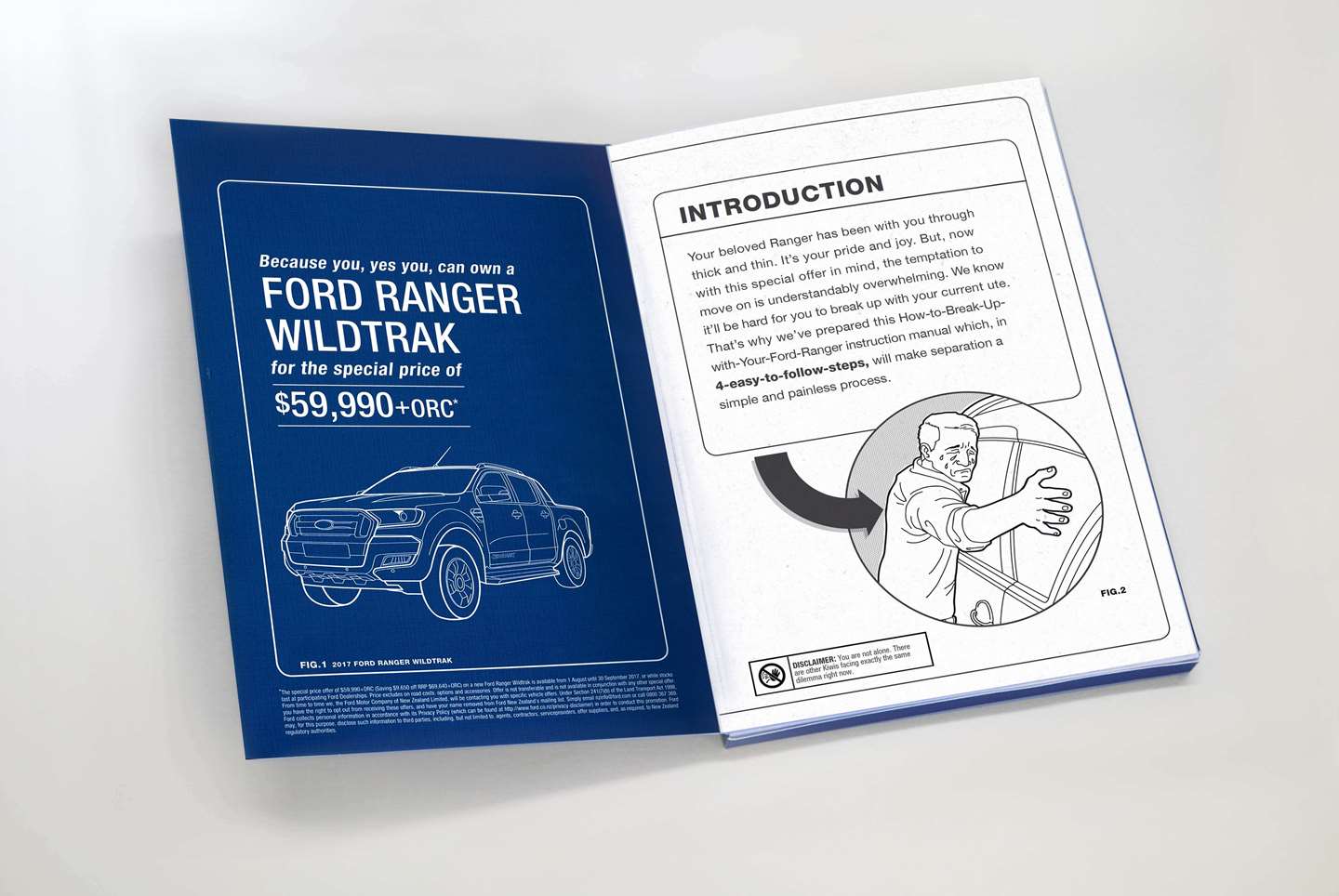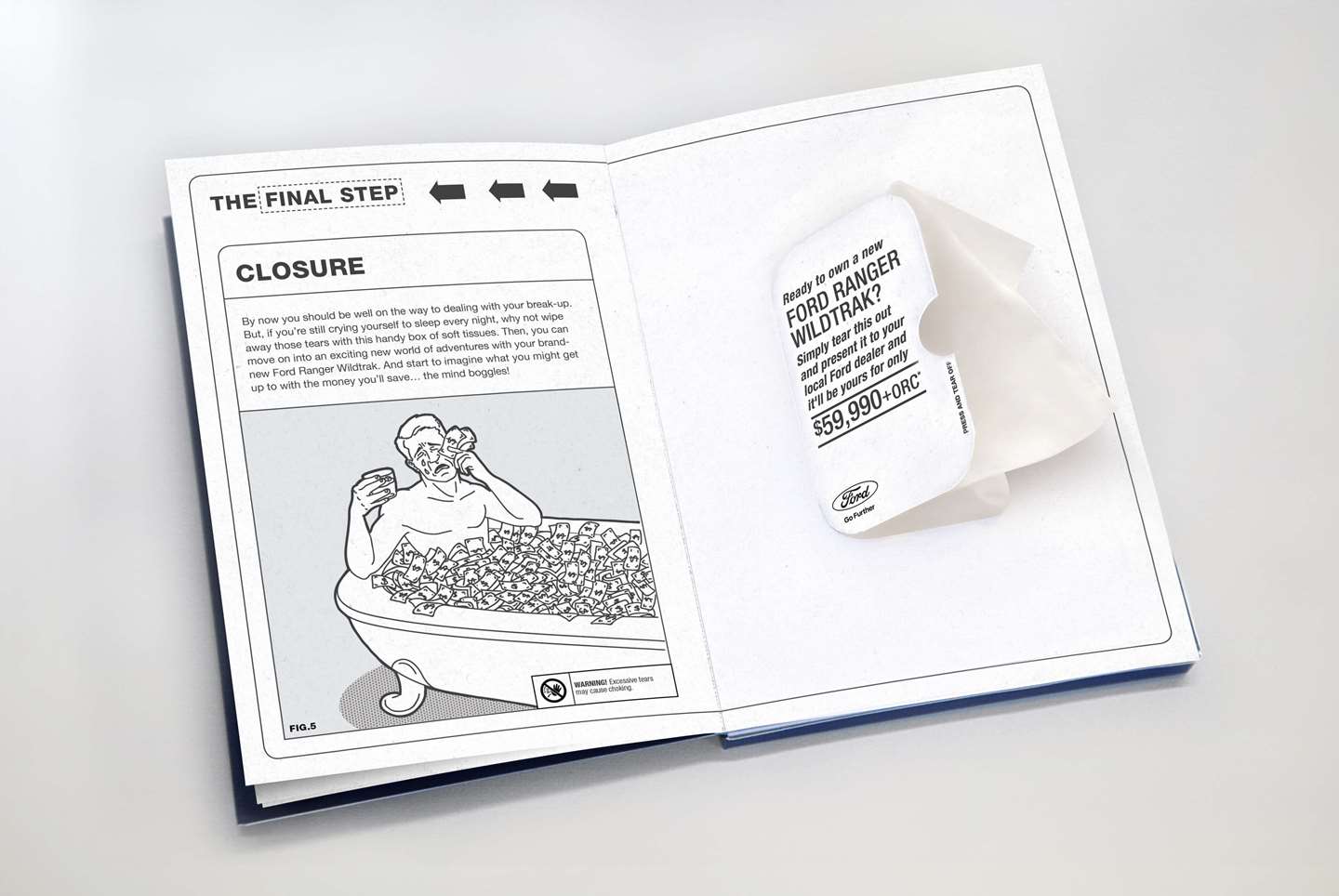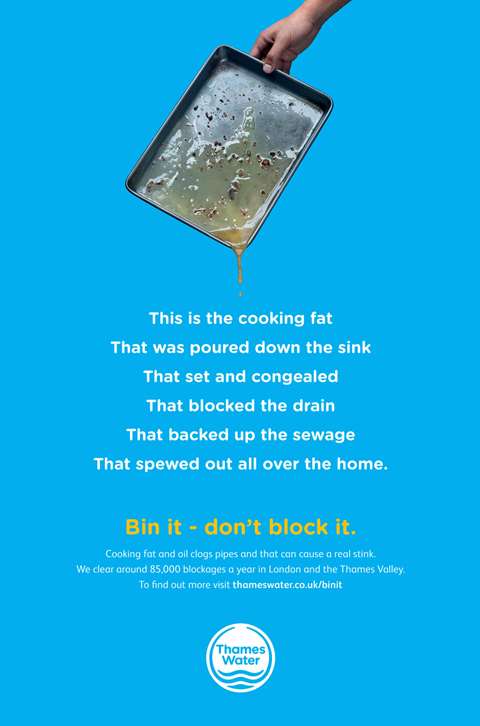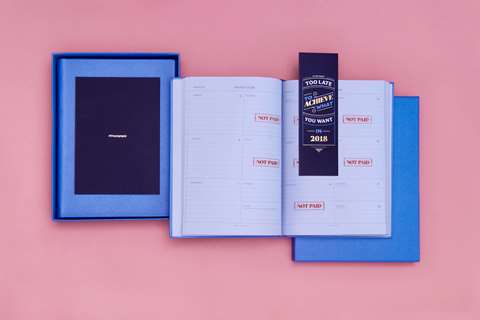The power of print at a glance
- DM might not be the ‘easiest’ form of advertising in print media, but it has a tactility, intimacy and authenticity that digital media don’t
- People are, um, people – and they respond to human, analogue, emotional experiences (so make it funny)
- As storytellers, marketers should let the message dictate the medium
“Here in New Zealand, the Ford Ranger is almost a cultural phenomenon,” says Justin Barnes, executive creative director at J. Walter Thompson New Zealand. “It’s the single most popular vehicle in the country. People frickin’ love them. I even have one myself.”
In fact, if you care, it’s actually the best-selling car for the third year in a row. So, how do you convince a nation of ute obsessives – utes are utility vehicles, or pick-up trucks – to finally let their current model go and trade up to a shiny new, top-spec Ranger Wildtrak?
Well, you could do what Ikea did back in 2002, with its superb, 60-second ‘Lamp’ rug-pull, and take the audience on an emotional rollercoaster ride of abandonment and absurdity. Or you could try something a bit different – say, with direct mail print advertising. JWT plumped for the latter.


